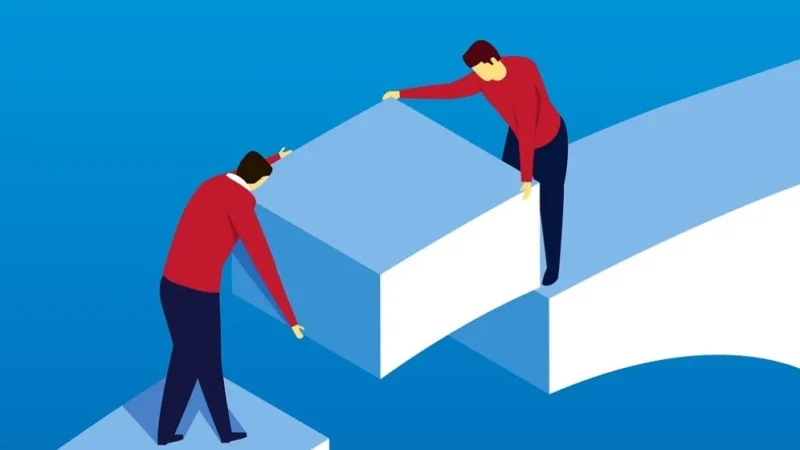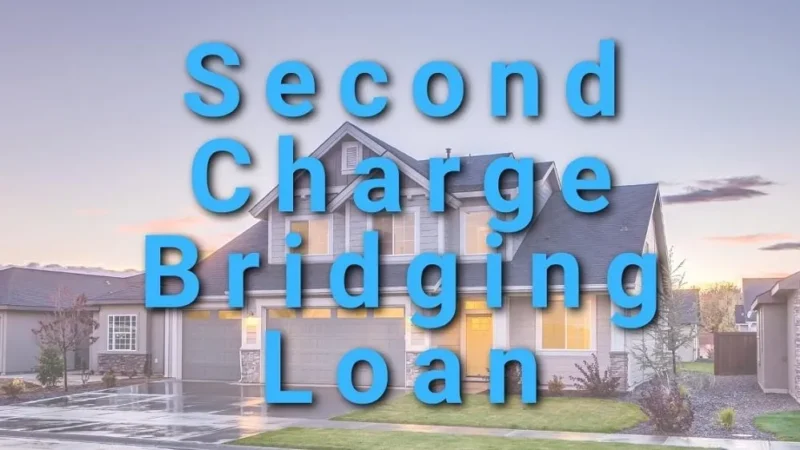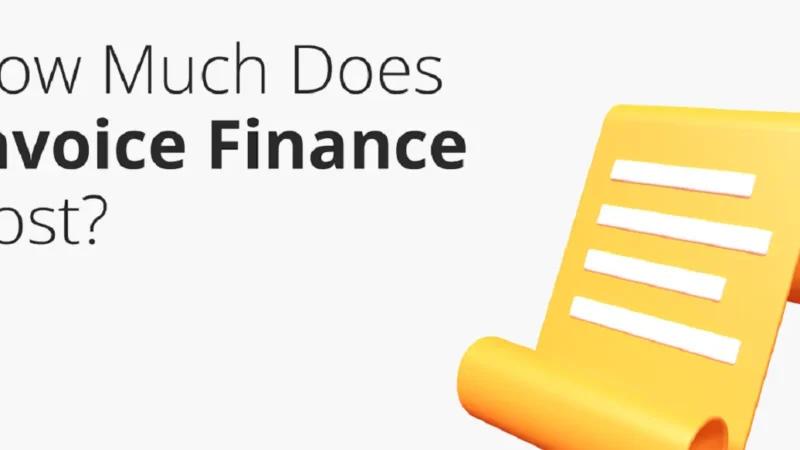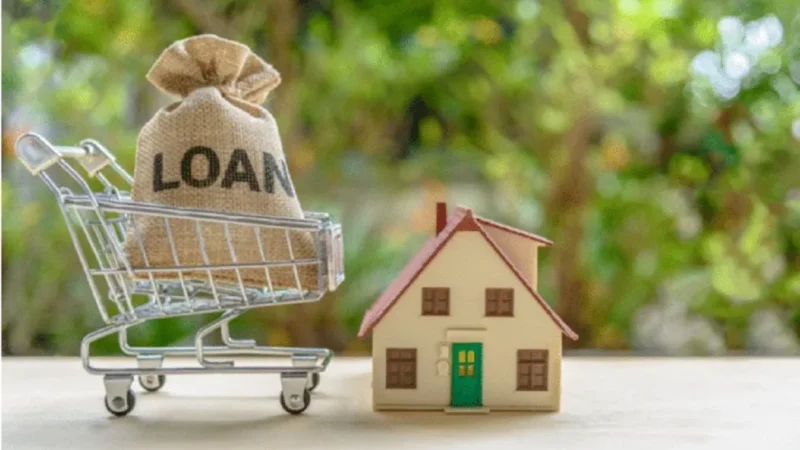Bridging Loan To Buy House

Bridging Loan for House Purchase
The bridging loan to buy house is a popular option for those who want to sell their current property and purchase a new one. The borrower can get the loan from the lender, and then use it as a deposit on their new home. This means they can avoid paying expensive fees on two mortgages at the same time.
Can I Get a Bridging Loan to Buy a House?
This article will explore bridging loans and how they can help you buy your dream home.
How to avail bridging loan for house purchase?
Bridging loans are used for a variety of purposes, including the purchase of a new home, refinancing existing debt, or to cover the deposit on a new property.
A bridging loan can be taken out from a bank or building society and is usually offered as an unsecured loan. The borrower will have to provide evidence that they have the ability to repay the bridging loan and that they have access to sufficient funds in order to do so.
The borrower will usually have to pay interest on the bridging loan, but this can be advantageous as it reduces the risk of them having to pay higher rates on their mortgage in the future.
Bridge loans can be availed from banks, mortgage lenders, or building societies. The interest rates on these loans are higher than what is charged by traditional lenders such as banks or building societies. It has to be repaid within six months and it is typically only available for those who have a good credit history and sufficient equity in their existing property.
Bridging loan for mortgage to finance your house deposit
If you are looking for a way to finance your house deposit, then bridging loans can be a great option.
Bridging loans are taken out by the borrower to cover the period of time between when they sell their current property and when they buy their new property. The borrower pays back both the bridging loan and the mortgage on their new home at the same time.
There is no risk of repossession with a bridging loan as long as you keep up with repayments.The borrower must repay the bridging loan before they can get their mortgage.
The borrower pays interest on the bridging loan and this cost is added to the mortgage. It is important to note that when you take out a bridging loan, you still need to have enough money for other costs such as stamp duty, legal fees and surveyors’ fees.
Takeaway:
Bridging loans are a popular choice for buyers who are in the process of buying a house.
Bridging loans are most often used when a buyer cannot yet afford to buy the house outright. This type of loan is usually short-term, up to one year, and is typically used to cover the down payment and other costs associated with buying a home.
A bridging loan can also be used as a way for the buyer to buy an investment or commercial property that they want to lease out.






